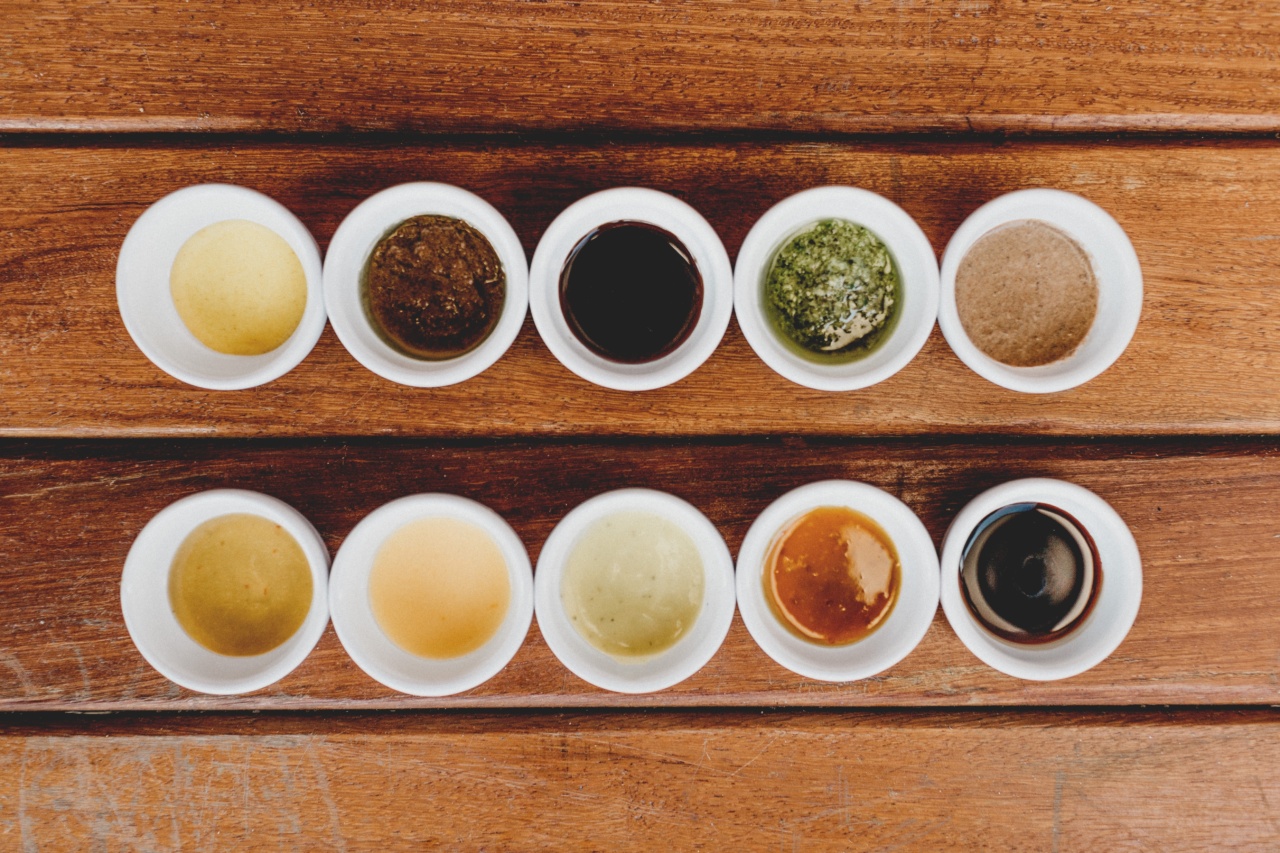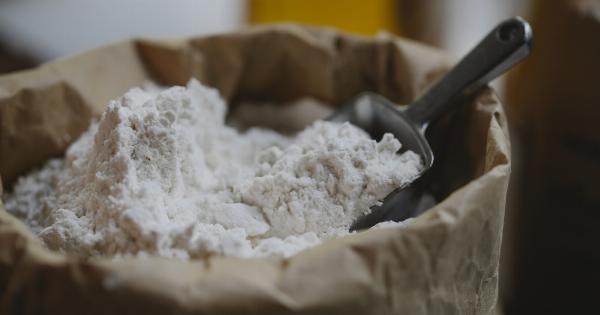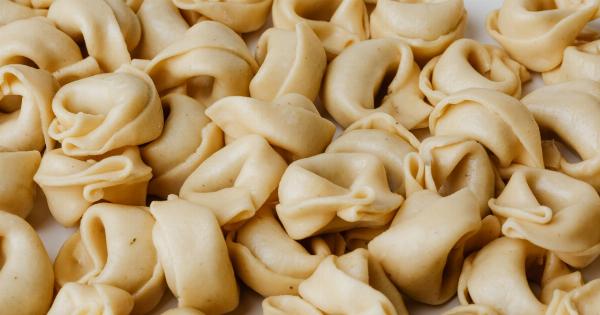Dishwashers serve as one of the most important appliances in the kitchen. They make cleaning dishes easier and faster. However, dishwashers are also known to be a breeding ground for germs and bacteria.
While dishwashers might appear clean, they can accumulate a plethora of microbes that are not ordinarily visible to the naked eye. In this article, we will identify the different types of germs that thrive in dishwashers.
Bacteria
One of the most common types of germs that thrive in dishwashers is bacteria. Typically, bacteria are found on the surfaces of dishes, leftover food particles, and other areas of the dishwasher that remain wet.
The ideal environment for bacteria growth is warm and moist surfaces, which makes it easier for the bacteria to reproduce and multiply. To keep bacteria at bay, it is essential to regularly clean the dishwasher, especially the areas that remain hidden.
Fungi
Fungi are another type of germs that thrive in dishwashers. Like bacteria, fungi require moisture and warmth to grow and reproduce. Therefore, the warm and damp environment inside a dishwasher makes it an ideal spot for fungi growth.
Common types of fungi that might be found in dishwashers include yeast, molds, and mildew. In some instances, these fungi can lead to skin infections, allergies, and respiratory problems.
Viruses
While viruses are not as common as bacteria or fungi in dishwashers, they too can thrive in these appliances. The most common types of viruses that can be found in dishwashers include Hepatitis A, Norovirus, and Rotavirus.
These viruses can cause severe illnesses, especially to individuals with weakened immune systems. Therefore, it is essential to keep your dishwasher clean and sanitized to prevent virus transmission.
Protozoa
Protozoa are single-celled organisms that can also thrive in dishwashers. These germs typically get into the dishwasher via water sources. For instance, if the water source is contaminated, it can lead to protozoa growth in the dishwasher.
Common types of protozoa that might be found in dishwashers include Giardia and Cryptosporidium. These germs can cause stomach problems, especially diarrhea.
Endotoxins
Endotoxins are toxins produced by certain types of bacteria. They are typically found in places with high bacterial activity, such as sewage plants and industrial kitchens.
Endotoxins can get into dishwashers via contaminated water sources or through unwashed dishes. If swallowed, these toxins can cause a range of symptoms, including fever, inflammation, and respiratory distress.
Salmonella
Salmonella is a type of bacteria that is commonly found in the digestive tract of animals. It can also be present in foods such as raw eggs, meat, and poultry.
If contaminated dishes, utensils or surfaces are not washed properly, this germ can spread to your dishwasher and create a breeding ground for Salmonella growth. Symptoms of a salmonella infection include diarrhea, abdominal pain, and fever.
E. Coli
E. Coli is another type of bacteria that can thrive in dishwashers. This germ is commonly found in the intestinal tract of humans and animals. If not properly cleaned, utensils and surfaces that are contaminated with E.
Coli can spread the germ to your dishwasher. E. Coli can cause diarrhea, nausea, fever, and stomach cramps.
Staph
Staph is a type of bacteria that is commonly found on the skin of humans. It is also present in foods such as meat, poultry, and eggs.
If not properly cleaned, plates, utensils, and surfaces contaminated with Staph can lead to Staph growth in the dishwasher. Staph can cause infections of the skin, blood, and respiratory tract, leading to significant health issues.
Campylobacter
Campylobacter is a germ that is commonly present in raw meat, poultry, and unpasteurized milk. It can cause a range of symptoms, including diarrhea, cramping, and vomiting.
If not properly cleaned, contaminated surfaces and utensils can lead to Campylobacter growth in the dishwasher.
Conclusion
Dishwashers are essential appliances in the kitchen that save us time and energy. However, they can also be a breeding ground for germs and bacteria.
It is vital to keep your dishwasher clean and sanitized to prevent the buildup of germs that can cause significant health problems. The types of germs that can thrive in a dishwasher include bacteria, fungi, viruses, protozoa, endotoxins, Salmonella, E. Coli, Staph, and Campylobacter.





























